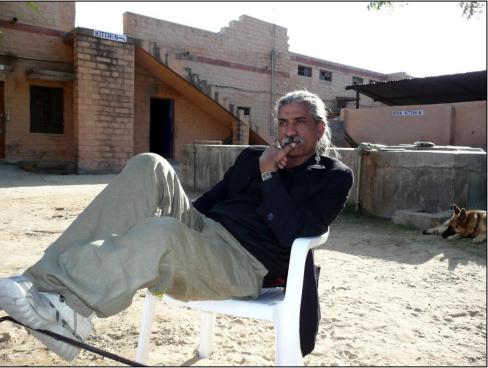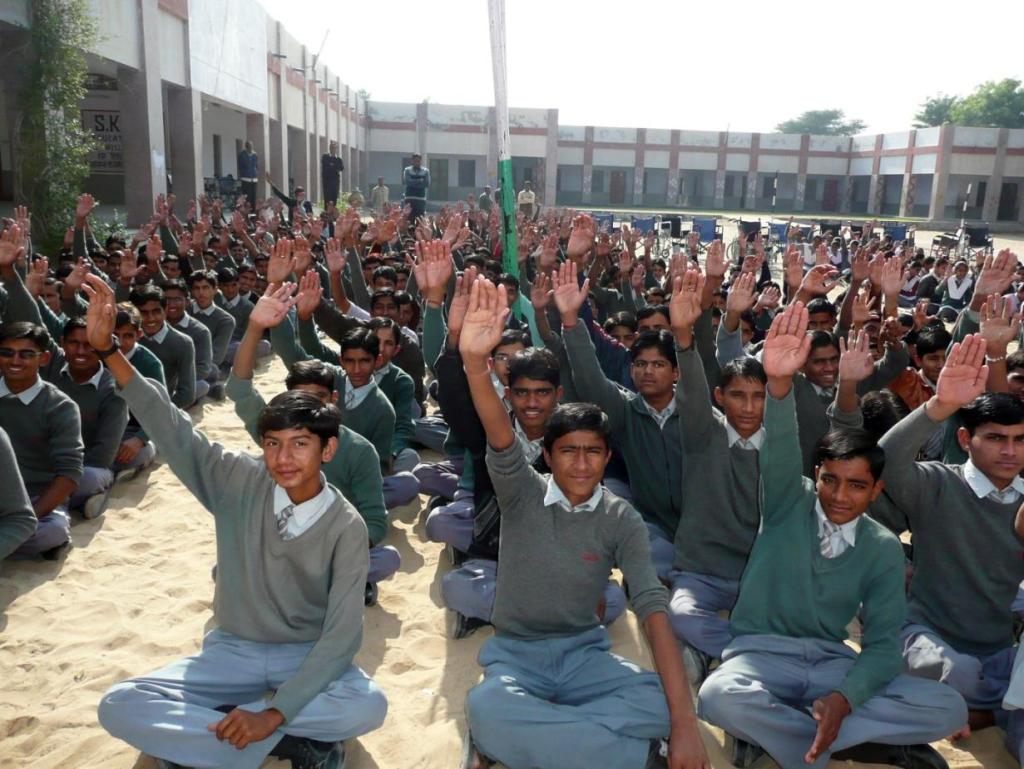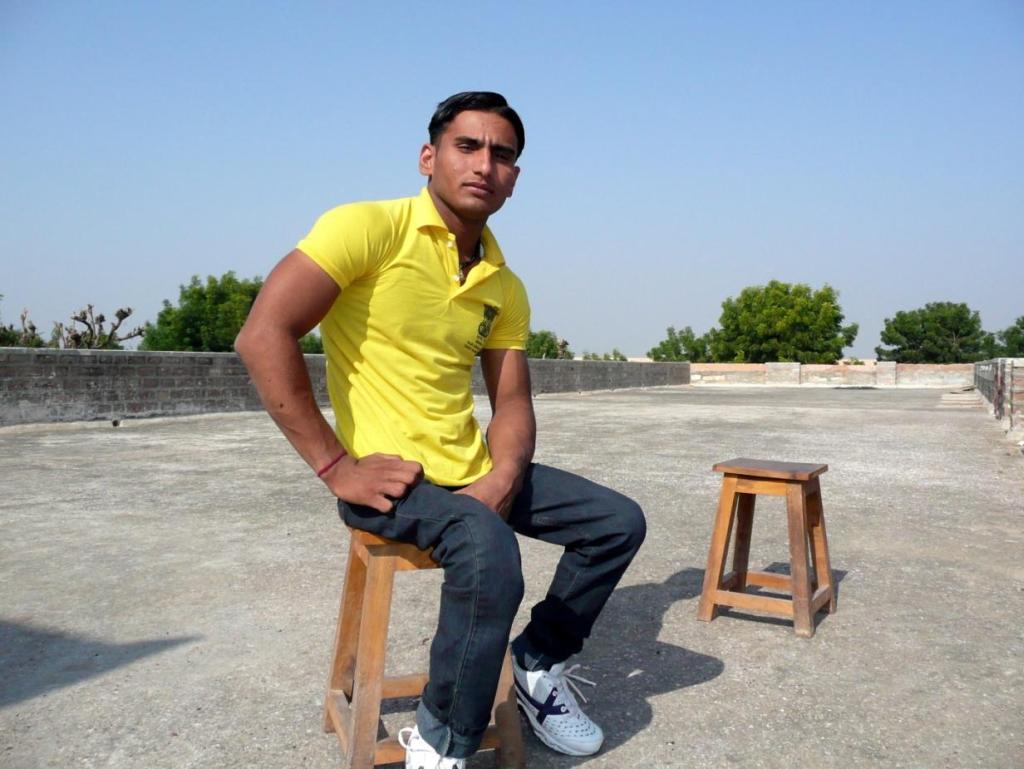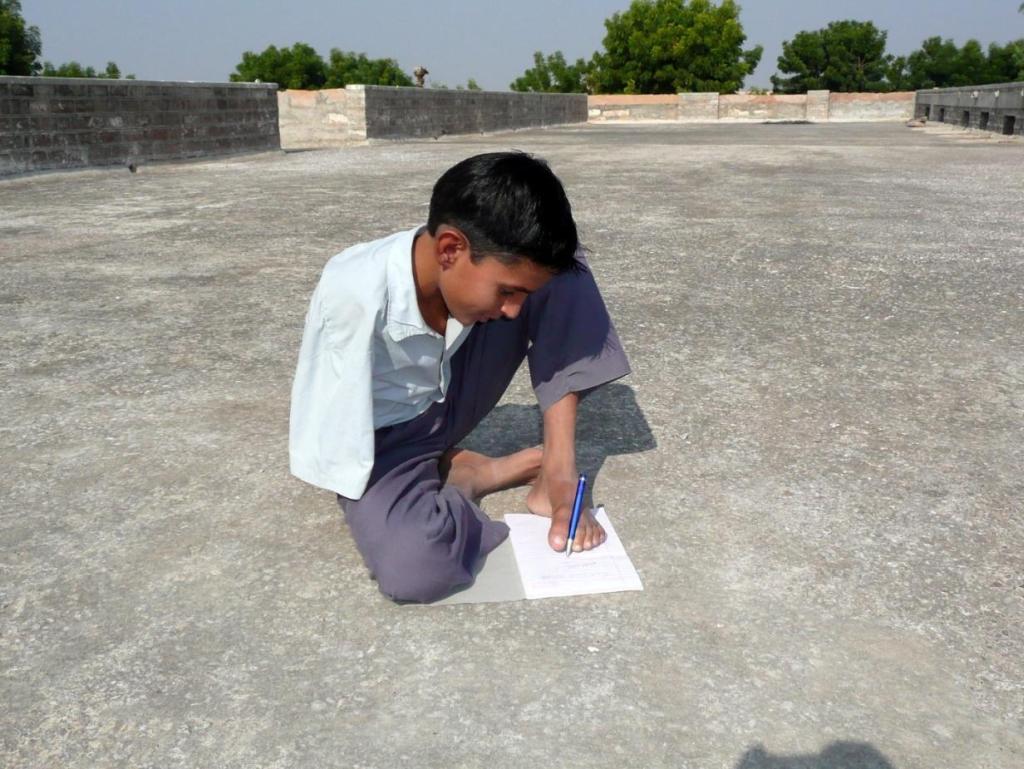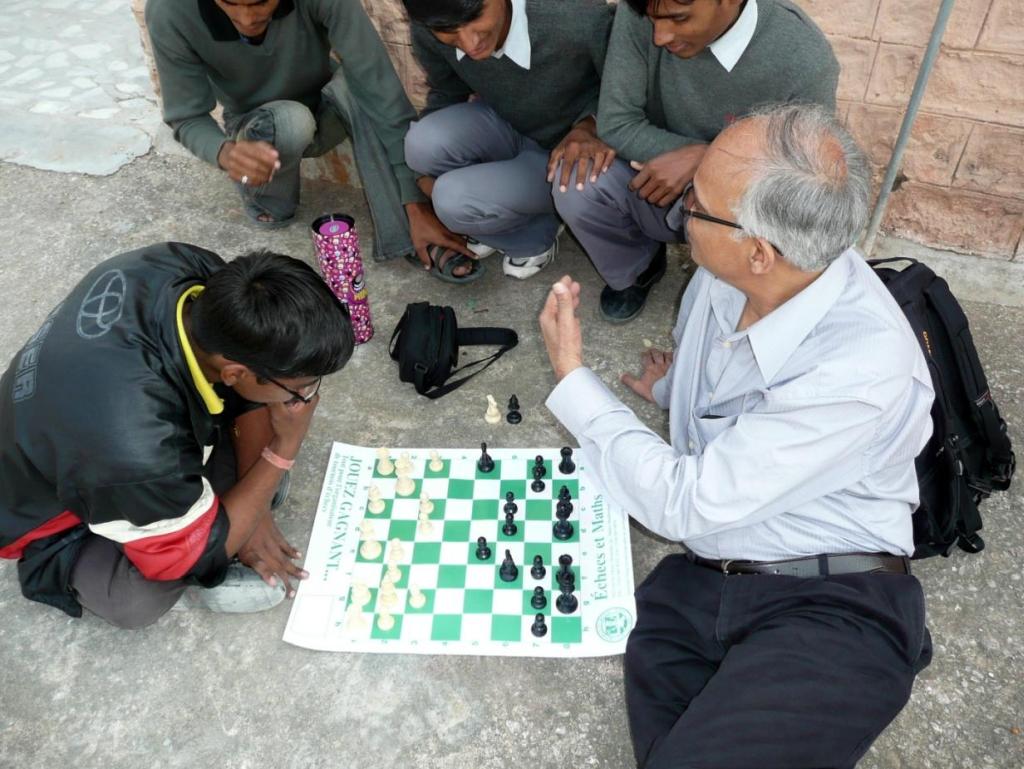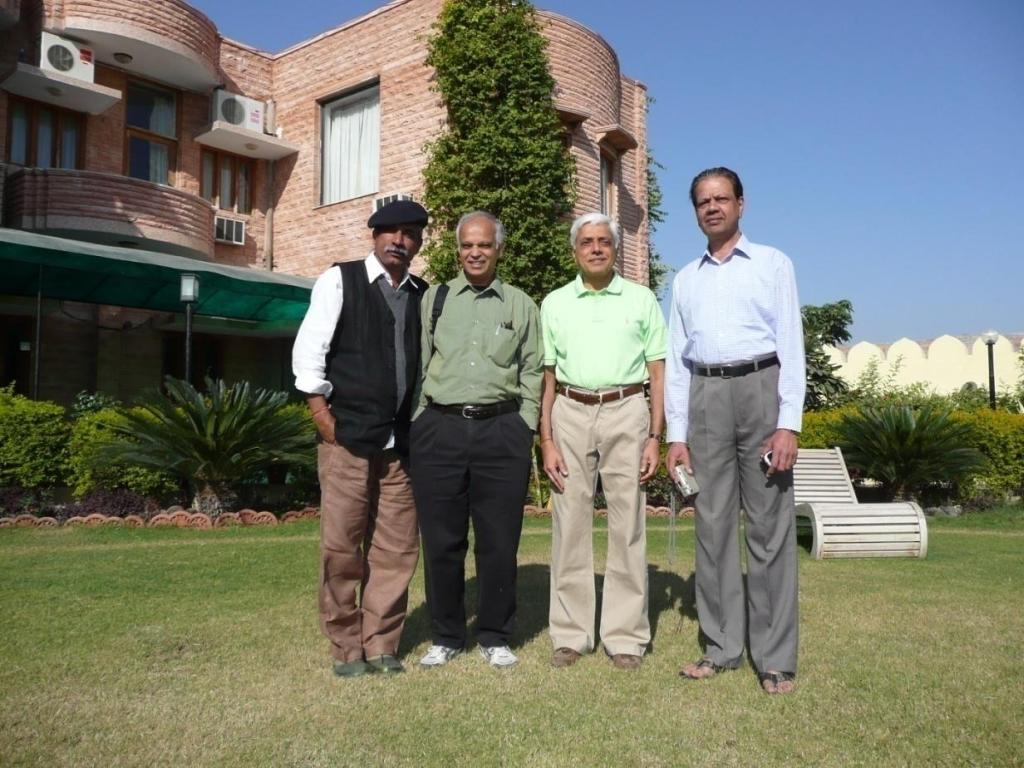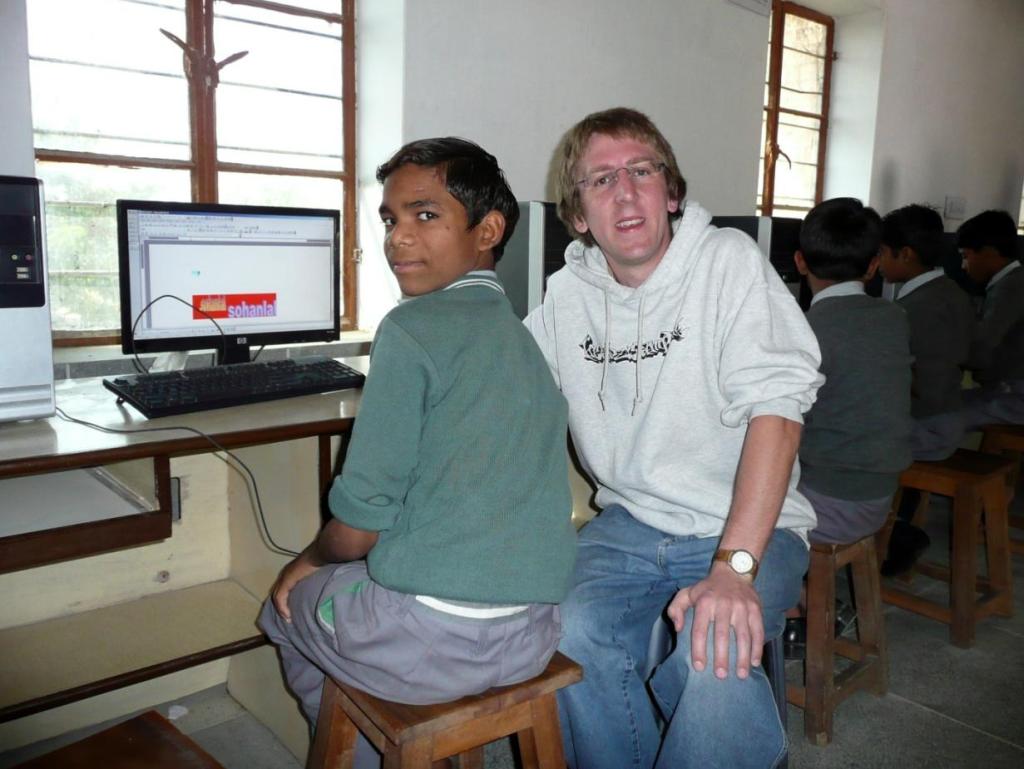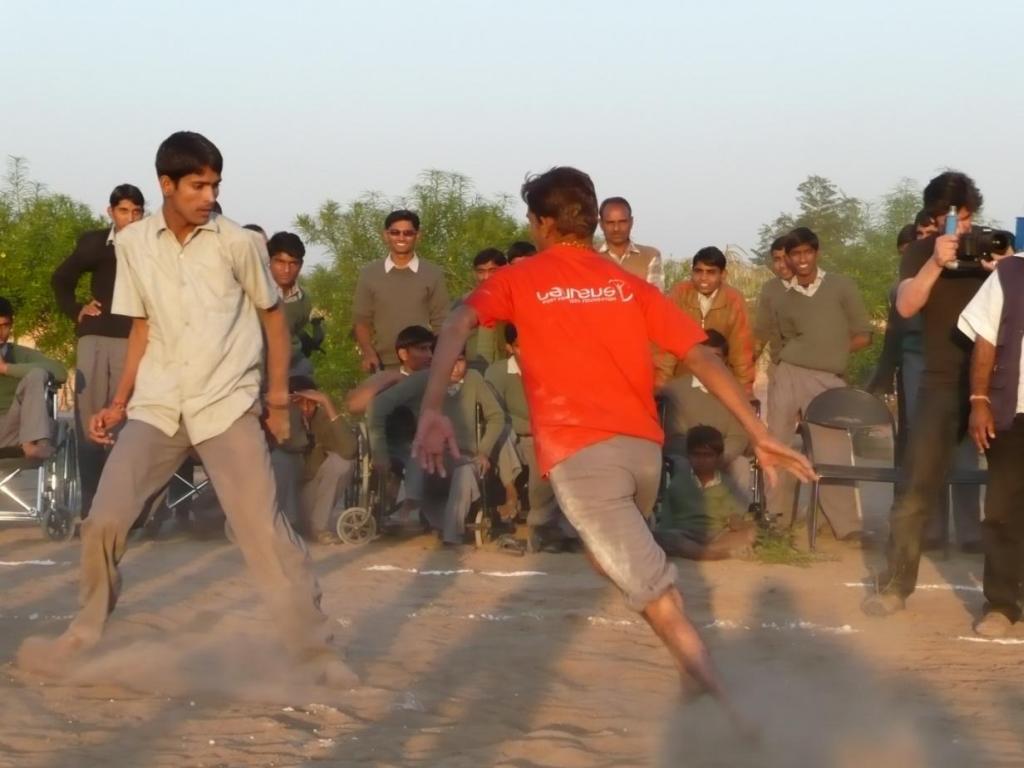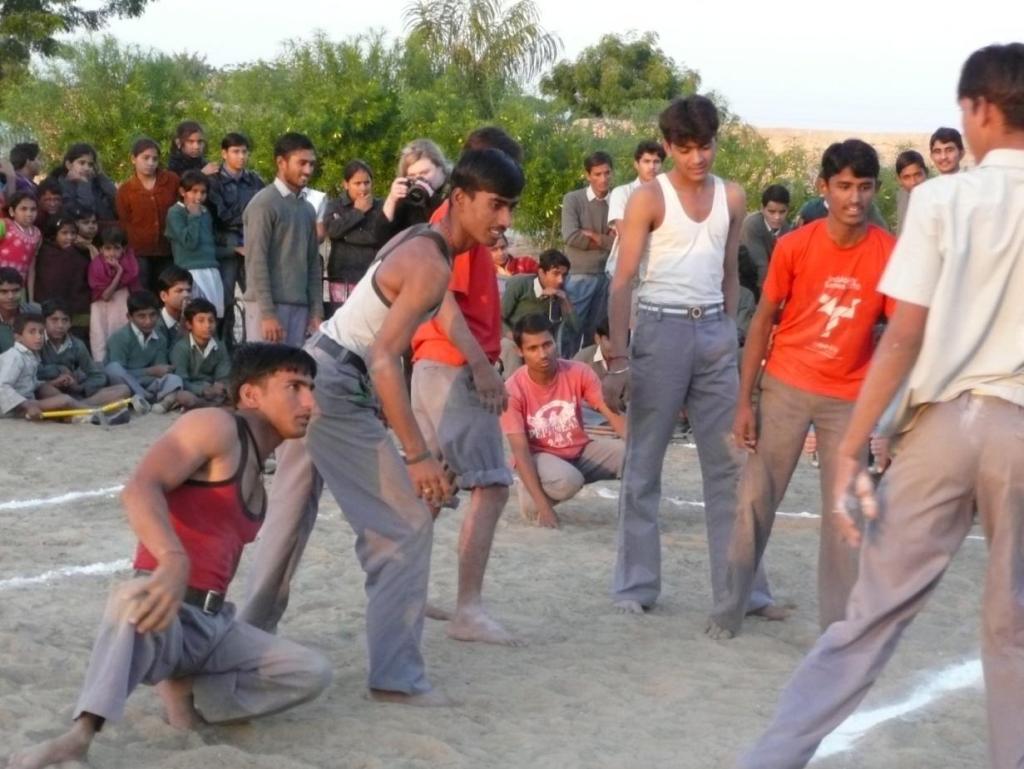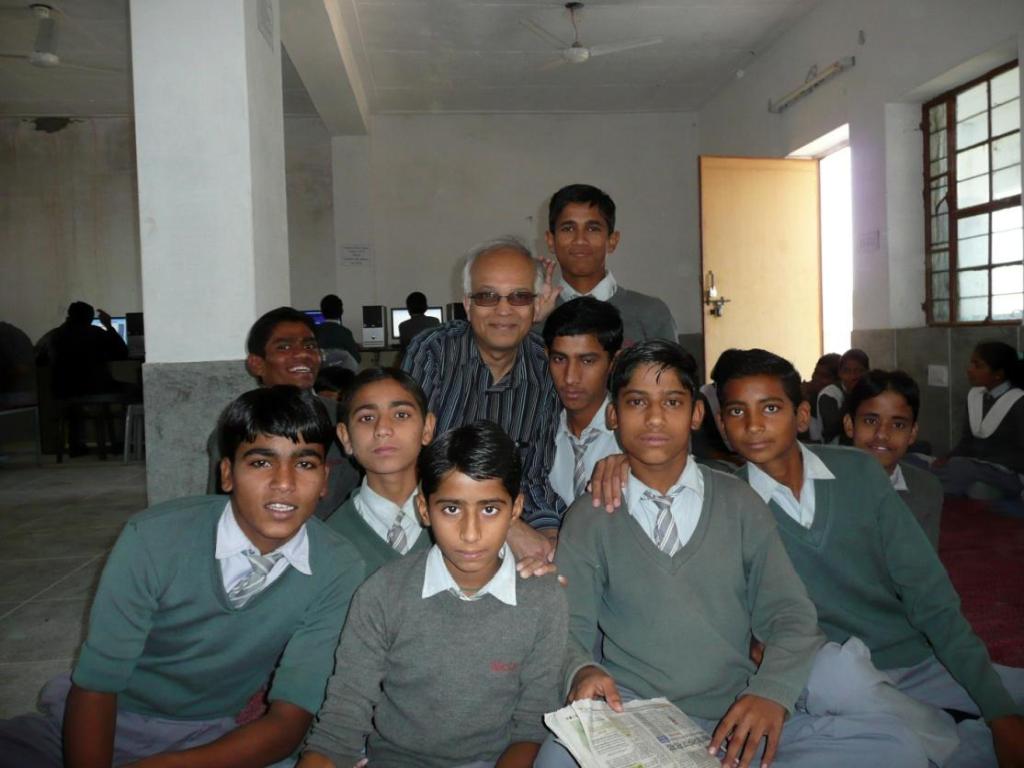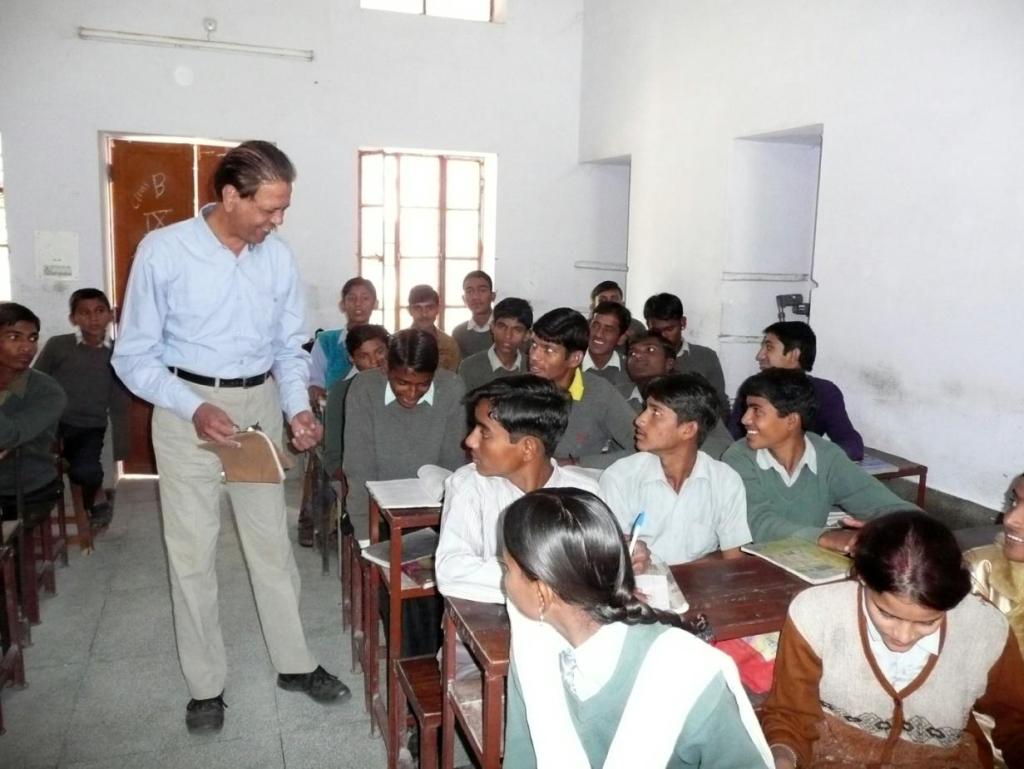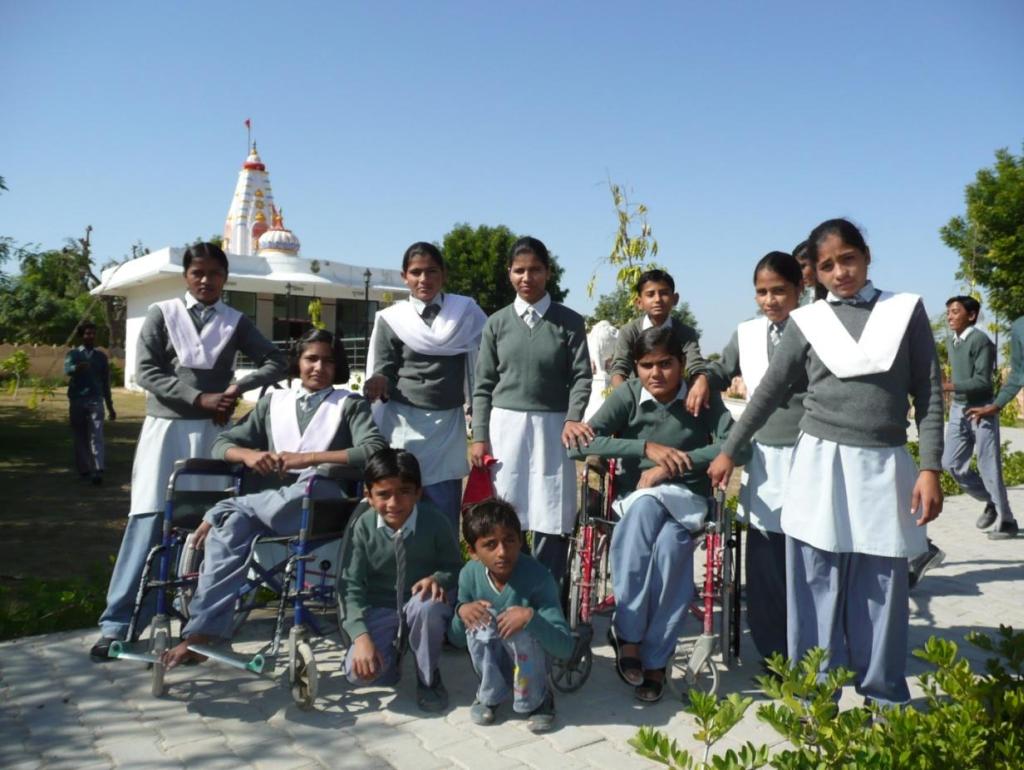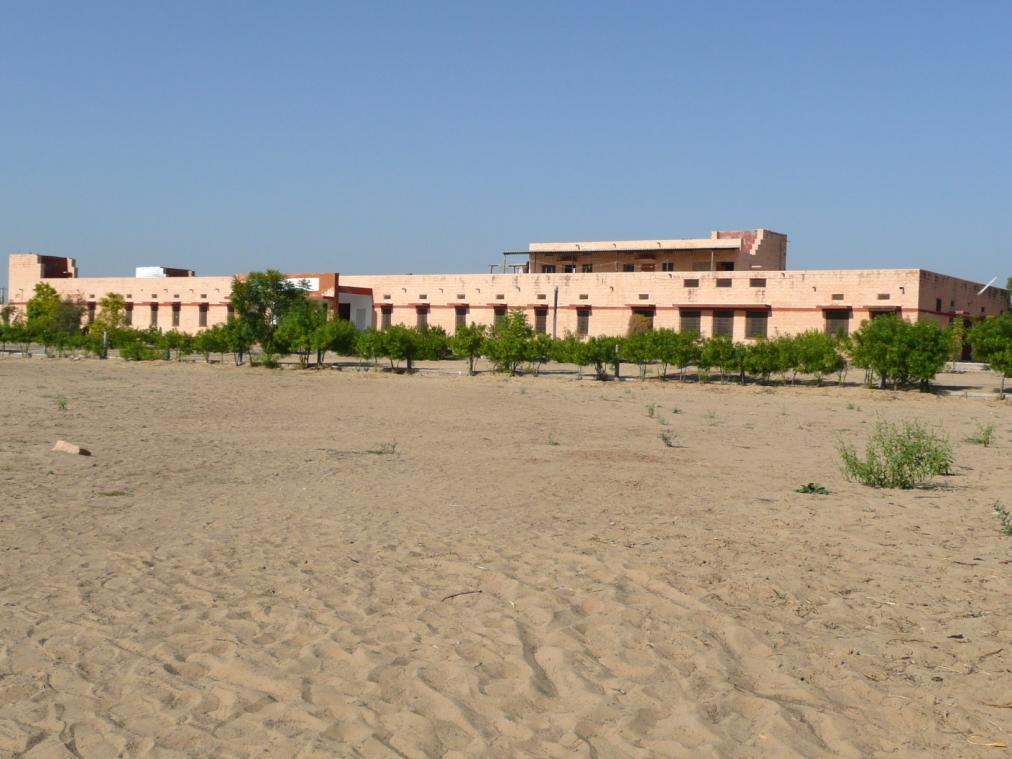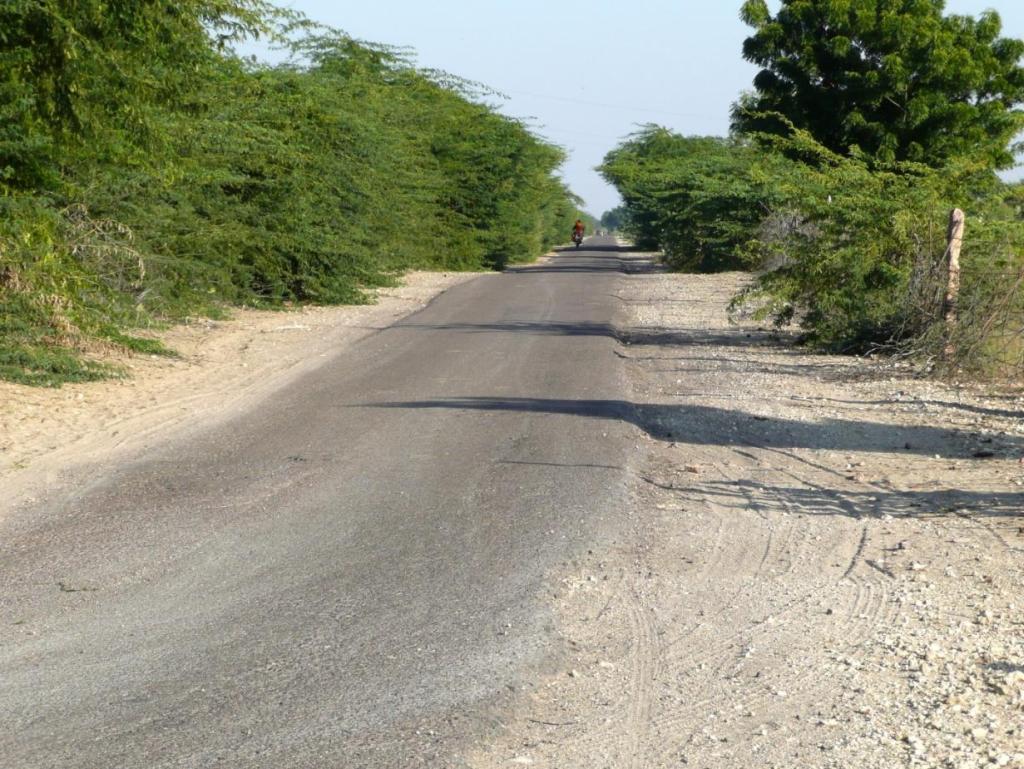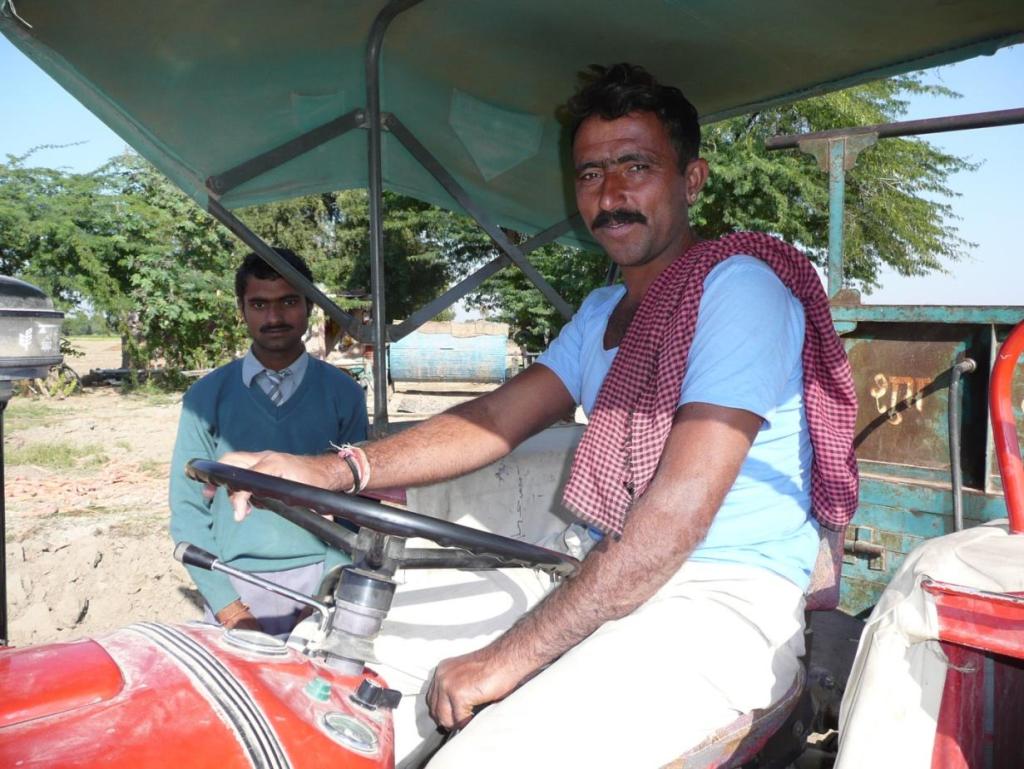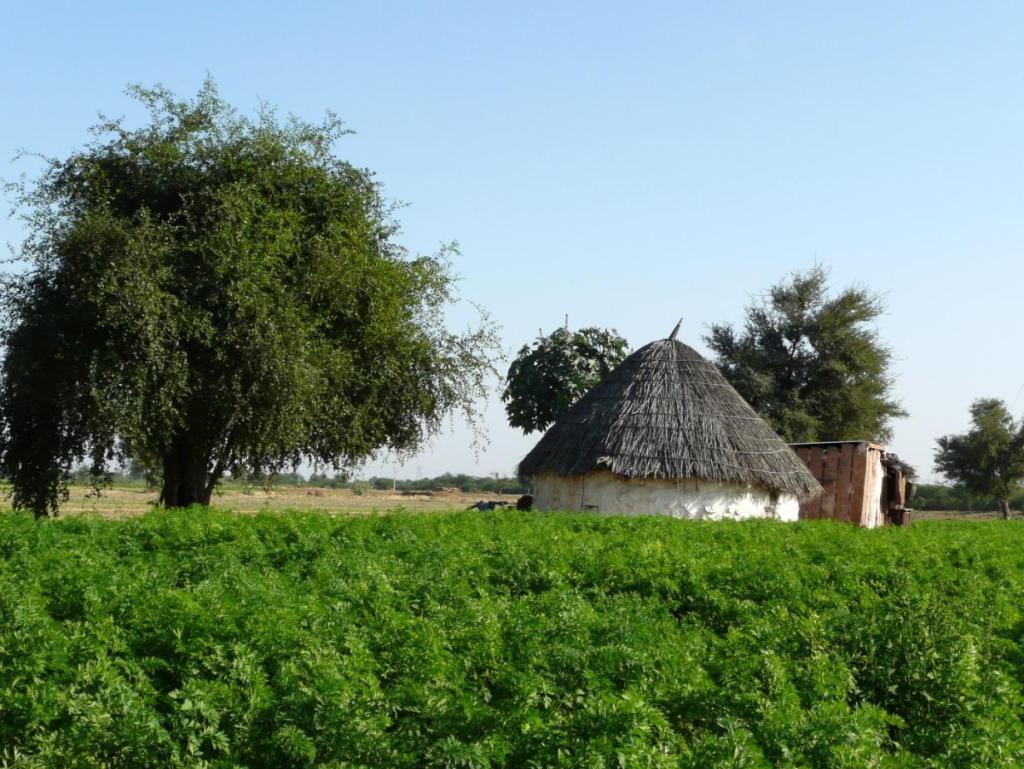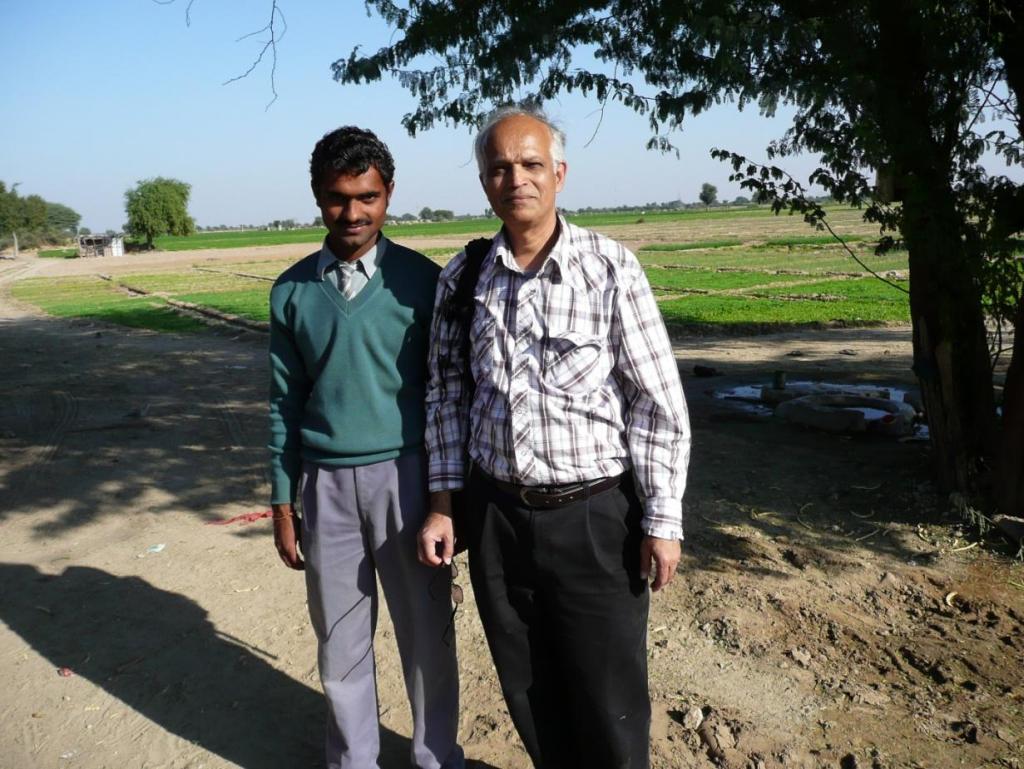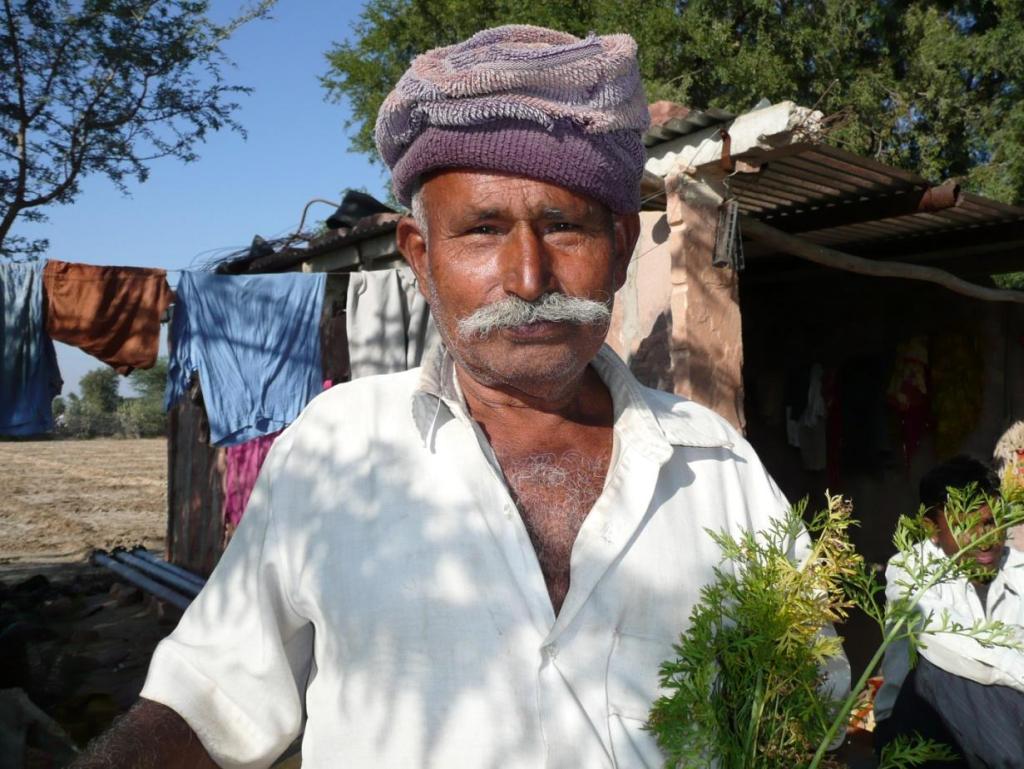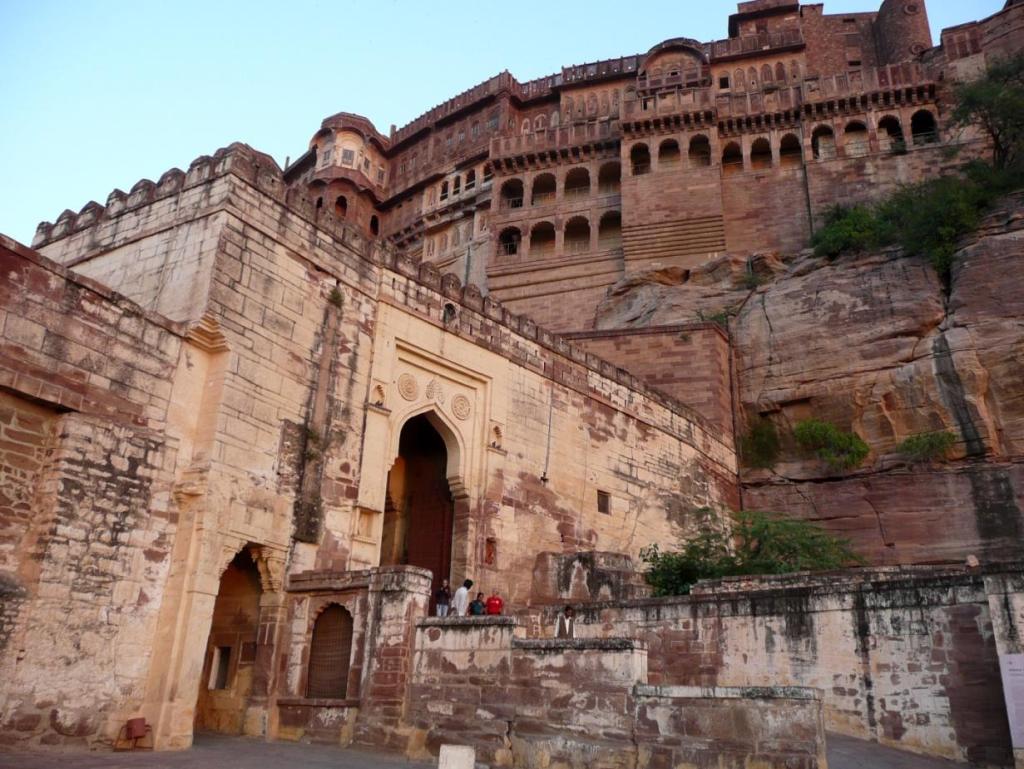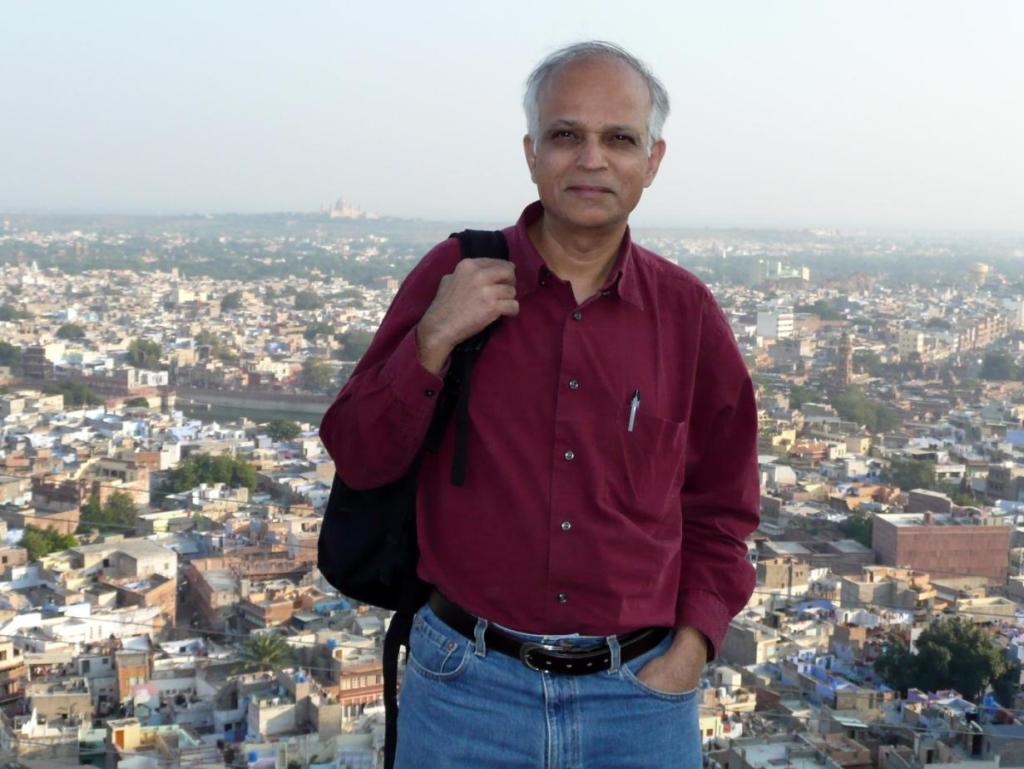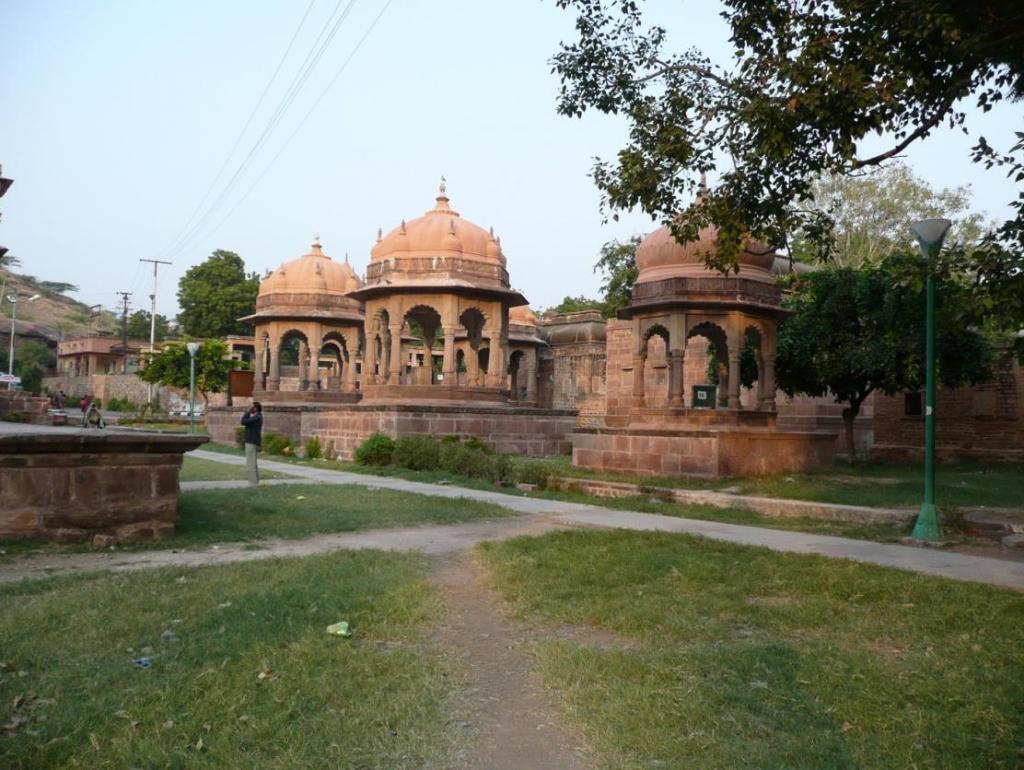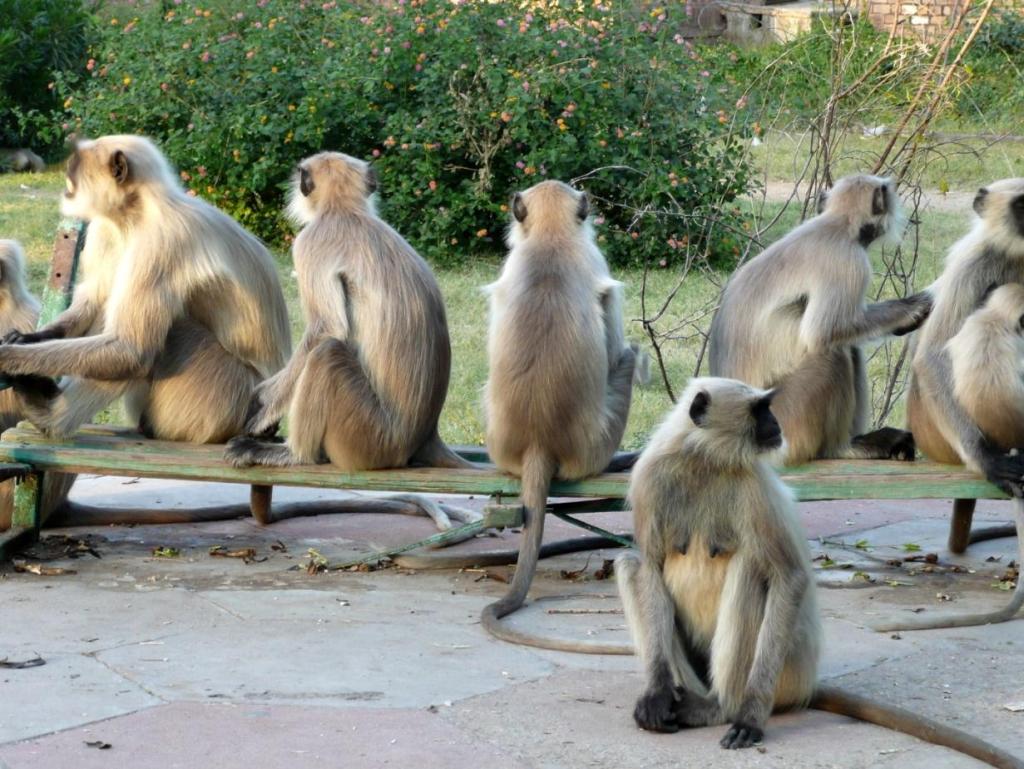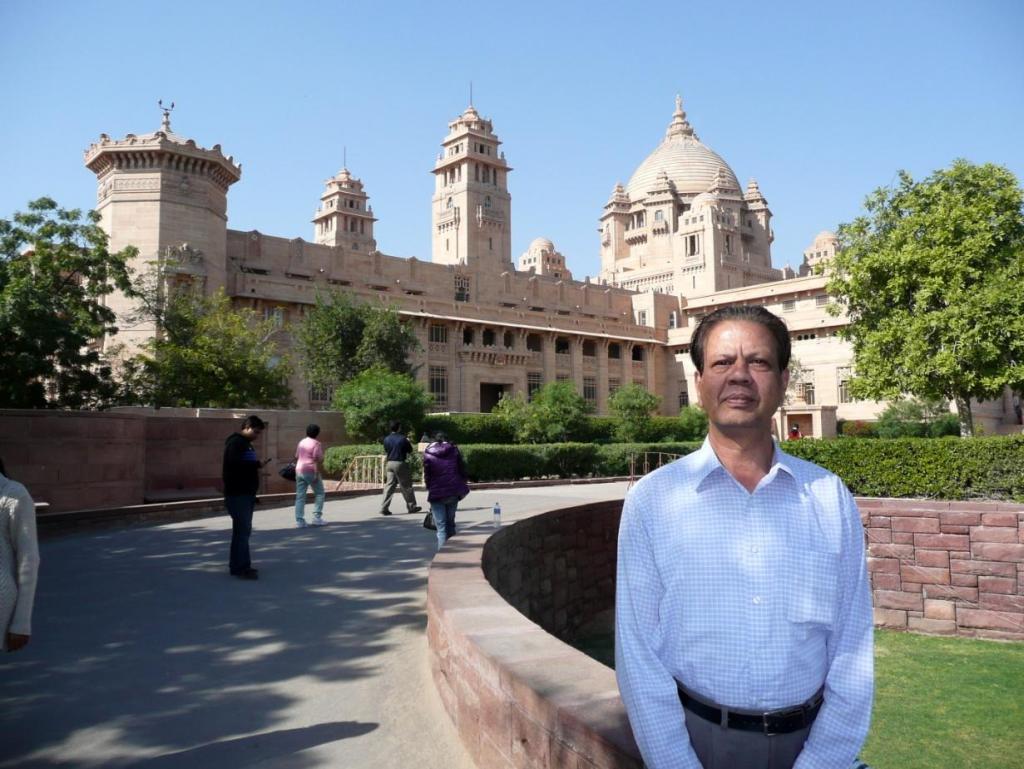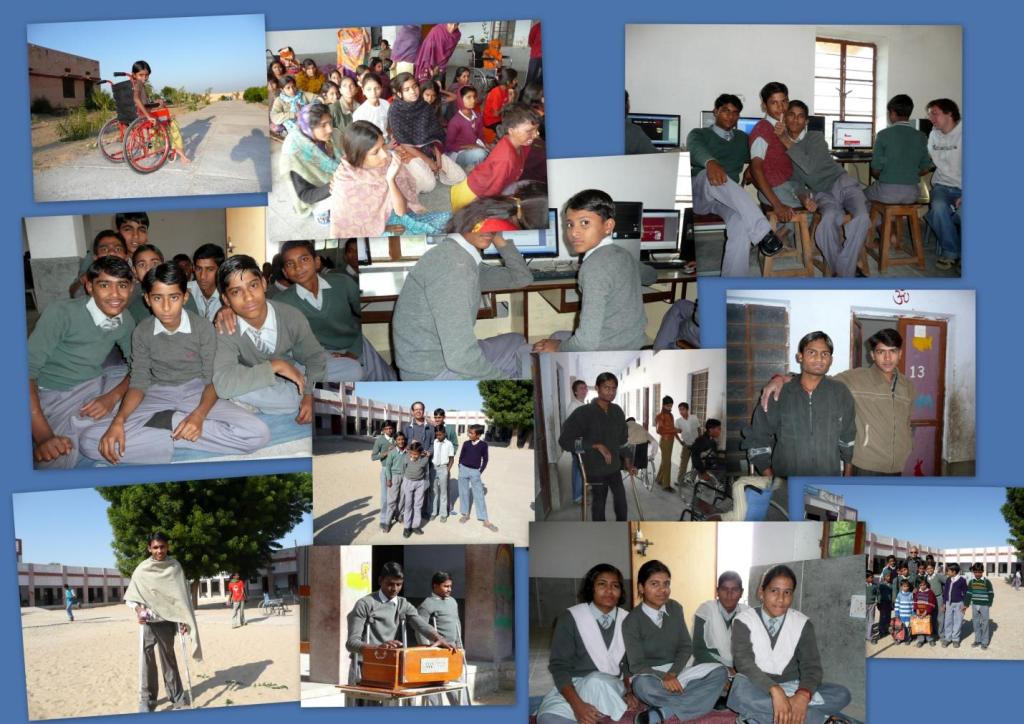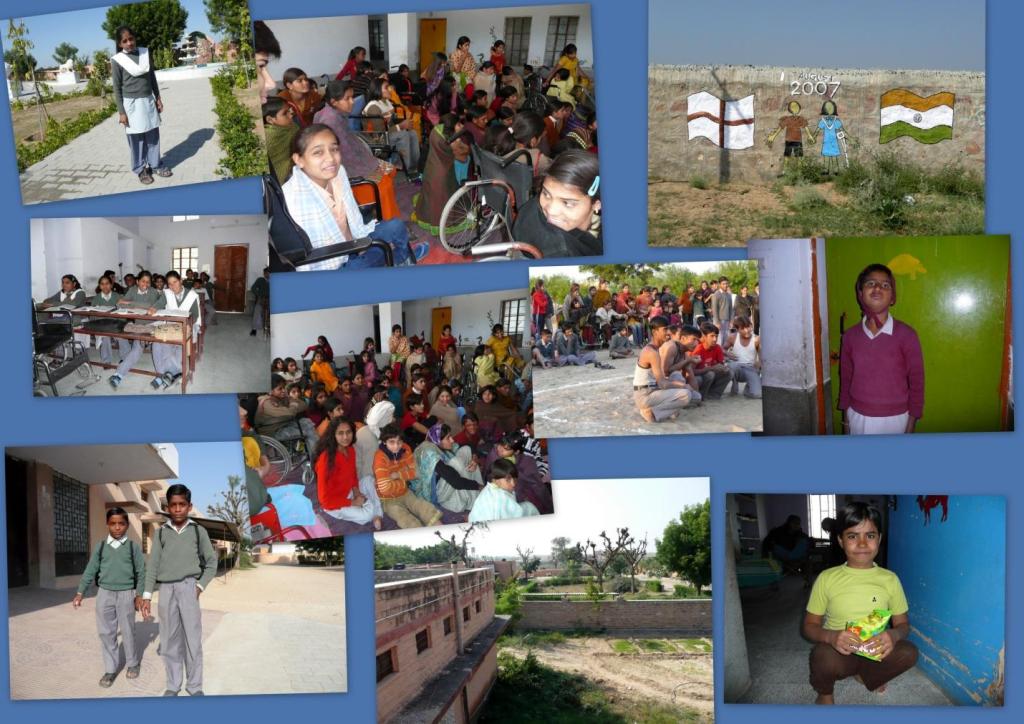by Dinesh D. Dattani, Toronto, Canada.
This blog describes my recent visit to SKSN in December of 2010. I went there with a friend, Niranjan Joshi. SKSN stands for Sucheta Kriplani Shiksha Niketan. It is a residential (boarding) school for the physically challenged, and is located about 30 kilometres from Jodhpur in Rajasthan, in Northern India. The school currently houses about 500 children, out of which about 140 are girls. Most of these students suffer from polio. We went there as supporters of Polio Children, a charity founded by the Patel brothers, Arun, Shirish and Mayoor. Polio Children is a big supporter of SKSN, and this charity has provided funding and other help for various large projects. Generally for visitors coming from outside India, Jodhpur can be reached either by flying to New Delhi and going south, or flying to Ahmedabad and going north. We took the second route. On December 6, we left the crowded city of Ahmedabad and boarded the sleeper train to Jodhpur.
Upon arrival in Jodhpur, we went straight to Mandore, about 10 km to the north. Here we were warmly greeted by Dr. Bhairoon Singh Bhati. His guest-house would be our home for the next twelve days. He briefly showed us the guest-house facilities; we had dinner and had a good night’s sleep. The next day Dr. Bhati drove us to SKSN, about 20 km from Mandore, and the main purpose for our long journey to India. Dr. Bhati is a colourful character with a pony-tail and a black beret, like the one worn by boy scouts. He is very friendly, talks straight, and is respected by one and all at SKSN.
Dr. Bhati in a reflective mood, on the grounds of SKSN.
He showed us the vast school grounds, and introduced us to various teachers and staff. One of the first things you notice here is that the students are all happy. Smiling students greeted us everywhere with “Good Morning Sir!” They appear to have the basic necessities such as clean sleeping quarters and a good kitchen that feeds them three times a day. This is thanks to generous donations by major charities such as Polio Children and a German Charity run by Karin Demuth. Students at SKSN have positive thinking ingrained in them. Everywhere on the walls you see plaques with positive messages in Hindi and English, such as: “Aim high, and reach for your goals” and ”Do not forget Mother’s love”. Also on the walls there are pictures of visiting dignitaries who have come here in support of the school’s aims. Among the distinguished guests who have visited SKSN are Pratibha Patil, the current President of India; Dr. Abdul Kalam, a past president of India; and Kapil Dev, the famous cricketer.
Happy children during school assembly giving us a warm welcome
Over the course of our visit I learned there are many success stories at this school. Students have overcome their disabilities and achieved great results. First there is Janak Singh. He is a grade 12 student at SKSN. I met him on my first day in the Computer Lab, where I provided supplementary teaching assistance. The equipment and training costs for this Computer Lab are funded by Polio Children. Janak’s story is remarkable. He is an accomplished athlete. In 2000, when he was 11 years old, he won five gold medals at the Para Olympics held in London, England. His plans are to compete in the 2012 Para Olympics in the half-marathon wheelchair race category. He is going to England next month to do some training and to participate in the qualifying competition. We wish him good luck in his endeavours. Janak’s training for the 2012 Para Olympics will be largely funded by Polio Children as part of its initiative to raise the awareness on the plight of children suffering from polio.
Janak Singh on the terrace of the Computer Lab. He proudly related his story to me
Janak exudes self confidence and is proud to represent India in International competitions. His story will be filmed by a major supporter of SKSN, Sneh Productions, and may be televised in England and elsewhere. The filming crew would be coming the following week for this purpose. I met another resident of SKSN, Rameshwar Bissnoi. When very young, he lost both his hands, and learned to eat and write with his feet. I told him to write, and took a picture. Then there is Anuradha, who is completing her Medical degree in India. This despite the fact she comes from a poor background, and has severe polio in the legs. She studied for three years at SKSN before going to another school to qualify for entrance to medical school. Anuradha’s medical education is sponsored entirely by Polio Children, U.S.A. Polio Children’s main objective is to make these children self sufficient. In this regard, I am sure the charity will not be disappointed – I met some of the students pursuing University education, and a number of girls learning tailoring skills under the Vocational Training Centres (VTC) programmes. I also heard of Bintu, a girl totally paralysed in both her legs and her right hand, who became a qualified teacher! These and other inspirational stories are testament to the dedicated staff at SKSN, and also to the various charities that support it.
Rameshwar Bissnoi. This young boy always had a smile on his face
On my third day at SKSN I took the chess board with me. During the first couple of days I had
already made some inquires about chess.
One of my pet projects for SKSN was to promote the game of chess. I would play with those
that knew the game, and teach to those that were interested. It was an apt thing to do – this
beautiful game originated in India; moreover, I believe chess is an excellent mental sport,
especially suited for the physically challenged. It teaches one concentration, patience and
strategy.
I had no idea how my chess intentions would turn out. People I had talked to before I came
here were sceptical. “Chess will be too much – try drafts instead”, someone had suggested back
in Canada. “Maybe you should try Ludo”, another had said, tongue-in-cheek.
I was therefore pleasantly surprised to find there were about five players who played chess
more or less regularly. And there were also others who played occasionally.
I played a casual game with Janak Singh, the athlete. He understood basic principles, and
played roughly at a Canadian chess rating of 1100.
Then Janak introduced me to Amar Singh, who is considered somewhat of a resident chess
expert. I played a game with Amar, on the terrace of the Computer Lab Building, surrounded by
After the tea one day, I saw the warden’s daughter, about 12 years. She went to a boarding
school in Mt. Abu, but was now here for the holidays.
“Do you know chess?” I asked Kamaksha. Her answer was no. Her mother encouraged her to
learn. So I set up the pieces and gave her her first chess lesson. Surrounded by some keen observers
Amar Singh contemplates his next move, while I chat with onlookers
Many people who visit this remote school do so for chartitable reasons. Others come here to
do volunteer work. During our stay I had the pleasure of knowing some of these individuals.
There was Arun Sangave, who came from Rochester, U.S.A. He is the Director of Polio Children,
U.S.A.
L to R: Dr. Bhati with his trademark beret; myself, Arun Sangave, Niranjan.
While we were there we were joined by a couple from Australia. They were doing some filming of SKSN, particularly Janak Singh. Their aim, like ours, was to promote SKSN.
The Australian couple Niobe and Michael, with daughter Isabella in the middle
We met Sneh Gupta (of Sneh Productions, another supporter of SKSN) and one other person
from New Delhi. They were here to work with the film crew from Australia.
We also met a young man named Paul Ulrich, from Germany. He intended to stay here two to
three months, teaching computer skills.
I admired Paul’s commitment and enthusiasm, considering he knew no Hindi at all. “How will
you ask for directions if you get lost?” I asked him. He told me that, to get him out of trouble,
he always carried with him the business card of Dr. Bhati and the address of SKSN.
The soft-spoken Paul providing computer training
I was told the students at SKSN play cricket and do gymnastics, within the limits of their physical
ability, of course.
But I was surprised they even played the old Indian game of kabaddi, commonly associated
with stamina and physical agility. During our visit, we were fortunate to watch a kabaddi
competion on the school grounds. It was on a beautiful evening, the sun was setting, and it was
an excellent time for taking pictures.
The game of Kabaddi in full swing. One would never think these boys had physical disabilities!
Another kabaddi scene: A physical sport played by the physically challenged caption text here
Inside the Computer Lab. Eager children always ready to pose
Niranjan having fun teaching an English class.
SKSN girls oblige me for a picture. In the background is “Hari ka Dwar”, a temple for all faiths within the school boundaries.
A purpose-built Girls’ Hostel entirely funded by Polio Children
I was having chai from a street vendor just outside the school compound. A studentapproached me and said, “Mere gaon me aap aonge?” Will you please come to my village, he inquired politely.
I sensed this may be my only chance to see farm life. It was noon, and the kabaddi games werenot starting until late in the evening, so why not? I followed him along the country road. His name was Bhagirath Vissnoi, a grade 12 student. His village, he said, was about 6 km away.
It was a long walk, so part-way he started flagging passing vehicles. A man on a scooter stopped. In these parts, people know each other, and help out whenever they can. We went the rest of the way on this scooter, my first experience with three people sitting on one.
Soon we were in their carrot farm. I was warmly welcomed by Bhagirath’s uncles and grandfather. We had chai. Then we walked around the farm, lined with irrigation canals.
The road leading to the carrot farm
Bhagirath with his uncle
This hut serves as a shelter during the day. At night, they go to a more permanent home nearby.
With Bhagirath. In the background is the carrot farm.
When I left, the grandfather gave me large, freshly cut carrots from his farm. I did not know what I would do with so many carrots. Still, I could not refuse, for it was a symbol of hospitality. I filled up my backpack.
Bhagirath’s grandfather.
Going off the beaten path to a farm may not be for everyone. For those wanting to do more traditional sight-seeing, this part of Rajasthan has plenty to offer.First, there is the city of Jodhpur itself. On our second day, we went to the busy city-center.The traffic here reminded me of the hectic life of Ahmedabad. The roads are shared by cars,buses, trucks, taxis, rickshaws, scooters and motor cycles, and more often than not, also by cows, dogs and camels. Among the chaos there is order – orderly chaos, if you will.
A peculiar aspect of Indian roads is the incessant beeping and honking.People here beep, Ifound out, for various reasons – they beep to warn the vehicle (or animal) in front that they are behind; to show annoyance that the vehicle in front is too slow and should speed up; they beep
when they are happy; or when they are running late and are irritated. And finally, they beep simply because everyone else is beeping. One person took this to a whole new level – I saw him beeping at apparently no-one, in a parked car and in a parking lot!
For the drivers the margin of error is very small. For example the driver assumes that the scooter in front will not veer even slightly from its intended path. It does so at its peril. Even the animals on the roads seem to understand this principle.
On Indian roads everyone has the right of way, and at the same time no-one has the right of way. Generally, when there is doubt, smaller vehicles give way to larger ones. I suspect this is merely out of practicality, for the smaller vehicle would fare worse in an accident.
Daily you see vehicles and animals coming within inches of each other, sometimes at high speeds. Despite all this, I saw only two minor collisions.
If observing road traffic does not interest you there are other places to see.Just in the vicinity of Jodhpur there is the famous Mehrangarh Fort, commonly known as
Jodhpur Fort. It is by far the biggest tourist attraction in this part of the world.One day we left the serene atmosphere of SKSN to go to Jodhpur Fort. The fort offers an excellent view of the city. Only from there does one understand why Jodhpur is known as the blue city.
The majestic Mehrangarh Fort in Jodhpur
Atop the ’blue’ city of Jodhpur: a view from the Fort. Jaipur, by contrast, is known as the pink city.
Ten kilometres from Jodhpur are the Mandore Gardens. The place is also known as Mandodari,after Ravana’s wife’s name. According to local fable, Mandodari was the residence of Ravana’s in-laws. Ravana himself is believed to have spent a night or two here on his way south.
The beautiful Mandore Gardens are . . .
. . . home to numerous monkeys
Another tourist attraction is Maharaja Umaid Singh’s Palace. It was built fairly recently, around 1946, and now the current Maharaja (in name and wealth only, for he wields no powers) lives
in one half of the palace, and the other half has been converted into a five-star luxury hotel.
Maharaja Umaid’s Palace. Part of it is luxury hotel.
About 70 km north of Jodhpur is the ancient Temple of Osiyan, also known as Mataji Temple. We went there one afternoon. Many parts of Rajasthan are arid and dry, almost desert-like. On our way to Osiyan all we could see was the barren landscape.
This priest at Osiyan Temple was not aware I was taking his picture. Immediately afterward, he uttered something at me in Sanskrit, which I hope was a blessing!
The entire visit to SKSN has been an enlightening experience, and at the same time, a humbling
one.
So many disabled children smiling and laughing and trying to secure a place in a society that
shuns them. Here in the sheltered environs of SKSN, they are relatively well off, but once they
leave this place and enter the real world, there is no doubt they will face an uphill struggle.
Unlike the West, the East is a cruel place where the unfortunate are trodden over all the time. It is the norm. They better have mastered some skills at SKSN, or otherwise distinguished
themselves, like Janak Singh and Anuradha.
Hopefully many of these students will escape the twin evils of poverty and polio by taking
advantage of the Polio Children’s University support or VTC programmes.
I believe that for many of them their school years at SKSN will be cherished and remembered as
happy ones, as much as can be, for handicapped people.
SKSN was the major reason for my trip to India. I had come here not knowing what to expect.
The very suspense was, to me, an excellent opportunity to improvise as I went along.
I thought I would teach the students computer skills. It turns out I could do little teaching, for
they do have competent teachers. All I could do was offer encouragement and guide them.
Instead of me teaching them, they taught me how fortunate we are in the West in terms of
open-mindedness, affluence and opportunities.
On the next pages I leave you with more impressions of this very inspiring place

